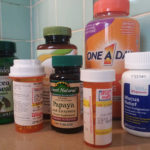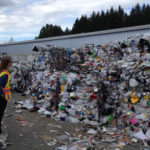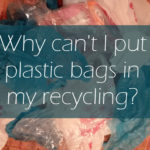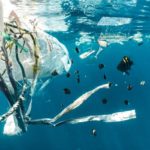Why is Plastic Recycling So Confusing?
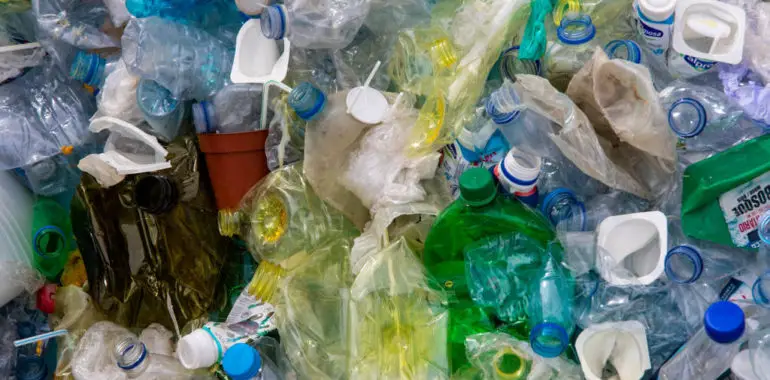
Why is Plastic Recycling So Confusing?
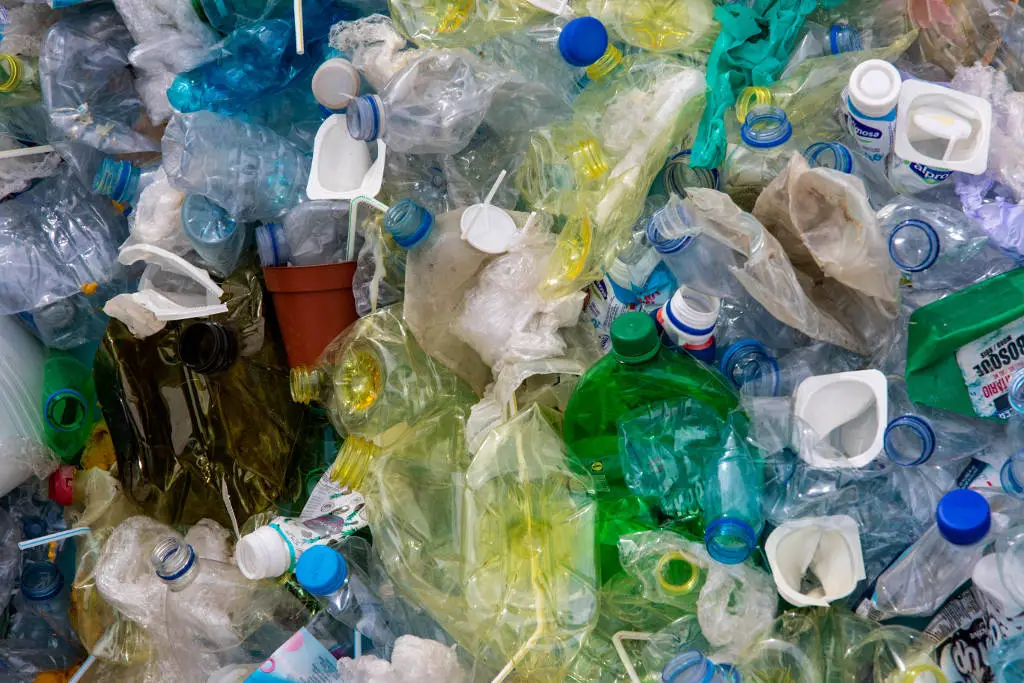
When it comes to recycling, some items are pretty straightforward. We know that aluminum cans and soup cans are recyclable, paper isn’t too complicated, glass is recyclable. But then there is plastic. There are so many different types of plastic and it seems like the recycling rules keep changing, or are different in every community. Why is plastic recycling so confusing?
Frontline recently did a documentary called “Plastic Wars” that does a fantastic job going behind the scenes of plastic manufacturing and recycling and illustrating how we got here. I highly recommend it for an in-depth look at at the whole plastics issue.
Which Plastic Recycle Numbers Can Be Recycled?
There is no one-size-fits all answer to this question. It really depends on your community and a few factors:
- Whether you separate your plastic or you put all recyclables into one bin;
- What type of sorting equipment your recycling sorting center has;
- Whether there are any manufacturers nearby who want the available plastic types.
Most communities will take #1 and #2 plastic, some will take #5, the other types of plastics are usually unwanted. But be aware that size often matters as well. Small and/or flat plastics may fall through the screening process, so you will often be asked to leave out pill bottles, lids, caps, six-pack holders and so on, even if they are #1 or #2 plastic.
Why it’s So Difficult to Recycle Plastic
Here are the basic bullet points to understand the plastic problem:
- There are seven (7) different types of plastic (as noted by the number inside the chasing arrows recycling triangle on the item), and only a couple of the types are easily recyclable and therefore have enough monetary value to be desirable by manufacturers on the market.
- The plastics industry made a conscious effort to have that recycling symbol put on ALL plastics, theoretically to inform the public about the item’s recyclability, but this had the effect of giving the impression that every plastic is recyclable, when in fact most types currently have no market value.
- Consumers then throw all types of plastics into the recycling bin, which are extremely difficult to sort out at the other end.
- For many years this wasn’t a big issue, because we shipped most of our recyclables to China, which wasn’t picky about what they accepted. But then in 2017 they initiated “Operation National Sword” which considerably limited what types of recyclables they would accept. Suddenly all our mixed recyclables were unwelcome.
- Some new overseas markets were found in places like Indonesia, but there are serious concerns about whether the plastic is actually being recycled or simply dumped illegally into poor neighborhoods where it pollutes the environment.
- Ultimately, our plastic waste problem has become more and more difficult and ethically irresponsible to outsource. We have to figure out how to deal with our mountains of trash and plastic here in the United States.
- Most communities have responded to the increased costs of dealing with this waste by either eliminating recycling altogether or attempting to seriously restrict their residents to only recycling the few items which are known to have market value, such as cans and cardboard. If they accept plastic, they will often take only bottles and jugs, which have the most value, and nothing else.
- The plastics industry has continued to push plastic recycling as a “solution” to alleviate the growing public concerns about plastic pollution, even though plastic is difficult and costly to recycle. According to the Frontline piece “Plastic Wars”, it’s estimated that no more than 10% of plastic has ever been recycled.
The Upshot
For years we have been sold a bill of goods that managing plastic waste is our responsibility as consumers and we just need to do our part by recycling. But we have very little ability to actually alleviate this problem on the consumer end. The plastics manufacturers and governmental regulators need to be pressured and held accountable for coming up with real solutions to this issue and they need to be more transparent about what happens to our plastic waste.
That being said, there are still some steps you can take to reduce your plastic consumption and plastic waste.
Tips for plastics recycling:
Ignore labels such as “100% Recyclable.” This is really confusing I know. This phrase may show up on the bottom of plastic clamshells, for instance. Technically it’s not a lie. Almost any plastic is theoretically recyclable. But that doesn’t mean that there is a market for it. Stick with whatever your local recycling rules are. Most programs will not take clamshells, because the plastic simply isn’t valuable.
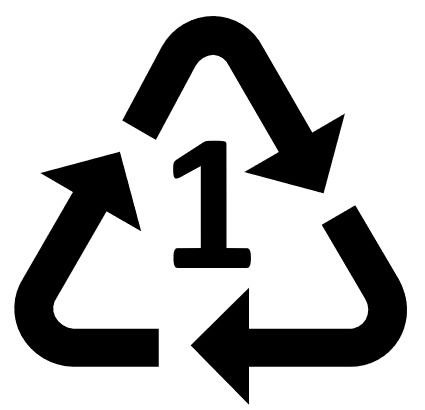
Ignore the plastic number (unless your local program tells you to use them). Plastic shape often has as much to do with recyclability as the type. Sorting recyclables at a Materials Recovery Facility (MRF) is a complicated process and for most MRFs, weird shaped items are a problem. My local program wants us to only recycle bottles and jugs with a neck because those can be sorted the most easily. Defer to whatever rules are set by your community, they will be dictated by the capabilities of your local MRF.
New technologies may make sorting and recycling plastics easier in future, and new markets for recycled plastics will hopefully emerge, but plastics will always be problematic.
Some materials (like glass and aluminum) can be recycled indefinitely without losing any of their structural integrity. But every time plastic is recycled, it gets degraded a bit and over time it can only be downcycled into a more rigid final form, like park benches for instance. Which means new virgin plastic has to constantly be manufactured if we continue to use it for so many products that we use once and then toss away.
Ways to Reduce Plastic Waste
It’s not easy to eliminate plastic from your life. Many products we need on a daily basis simply aren’t available packaged in any other format. Still, once you start paying attention, you will often find ways to cut down on the plastic you buy and throw away. Some ideas:
- Bring reusable bags with you everywhere and refuse the disposable kind. Invest in some reusable produce bags as well.
- Seek out bulk stores and refill shops if you are lucky enough to have them nearby.
- Choose fresh fruits and veggies that you can put in your reusable bags rather than frozen ones in plastic bags.
- Skip individual-size bottles of juice and the like. One large bottle of juice can be poured into a reusable mug and will create less plastic waste than a bunch of single servings.
- Say no to plastic straws.
- Take your own food storage container to the restaurant if you think you might have leftovers.
What are your best hacks for eliminating plastic waste? Let us know in the comments!
For answers to more of your recycling questions, visit the Recycling Tips page for all Green and Grumpy recycling articles.
Article updated 5/17/2021; original post date: Oct. 28, 2020

